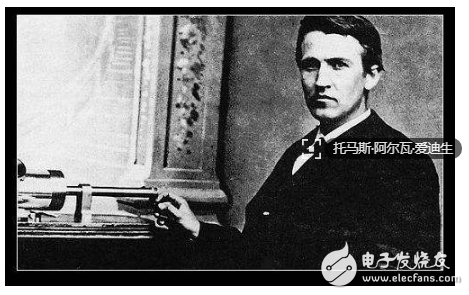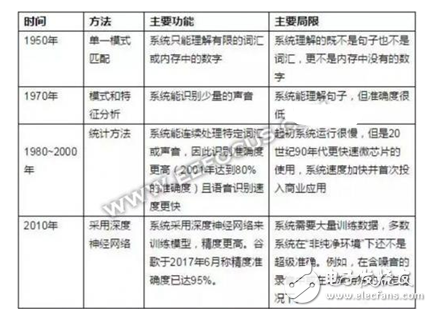In the process of AI technology development, natural language processing technology has become the most important system. With the definition of the era, the more and more segmentation language recognition is gradually divided into two concepts of speech recognition and semantic recognition. The difference between words is very different. Speech recognition is the premise that semantic recognition is its goal. From voice recognition to semantic recognition, how long is the way to go? Recently, the technology circle has spurred a buying trend. In the past, Broadcom's acquisition of Qualcomm is still in full swing. This week, Apple announced the acquisition of music recognition software Shazam. Shazam, a software that captures audio clips from a mobile phone microphone, recognizes music, movies, TV shows and even advertisements. So what does Apple do to integrate this technology? Most likely for his artificial assistant software Siri. Siri uses natural language processing technology, which is a large system of AI technology. With the definition and industrial division of labor in recent years, language recognition has gradually divided into two branches: speech recognition and semantic recognition. Although the difference between speech and semantics is only one word, it is very different. To make a simple analogy, speech recognition is equivalent to the human ear, while semantic recognition is the brain. Speech recognition helps the machine to acquire and output information, then semantic recognition is to identify and process the information. Here, Xiaobian gives an example to help you better understand the above words: Dad can't lift his son because he is heavy. Q: Who is heavy? Dad couldn't lift his son because he was weak. Q: Who is weak? It can be seen that the two sentences are completely identical in structure. Is the "he" behind him referring to the father or father's son? This is easy for us because we can clearly know through our accumulated knowledge that Dad can't afford to be a son, or that his son is too heavy, his father can't afford it; or his son is not heavy, but his father is weak and weak, so Can't lift his son. But for a machine that only recognizes speech, it doesn't think about whether the "he" in the sentence refers to the son or the father. In fact, it also "does not know." But through semantic recognition, the machine will process the information that is heard and give the correct answer. Compared with speech recognition, it is obvious that semantic recognition is obviously deeper and the technology used is more complicated. In this issue of "Fun Science and Technology", Xiaobian will introduce to you the important branch of natural language recognition in artificial intelligence. Voice is the most natural way of communication. Since Edison invented the phonograph in 1877, people started talking to the machine, but mainly communicated with people, not the machine itself. In 1950, Alan Turing, the father of computer science, published a paper entitled "Machining Machines and Intelligence" in Mind magazine. For the first time, the concept of machine intelligence was proposed. The paper also proposed to verify whether the machine has intelligence. The method: people and the machine to communicate, if people can not judge whether the object of communication is a person or a machine, it means that the machine is intelligent, this is the well-known artificial intelligence Turing test. By the 1980s, speech recognition technology was able to translate spoken language into text. In 2001, computer speech recognition achieved an accuracy of 80%. From then on, we can extract the meaning of the spoken language and respond. However, in most cases, speech technology still does not give us a good communication experience like keyboard input. In recent years, speech recognition has made tremendous technological advances. In a speech, Chairman of the Board of Science and Technology, Liu Qingfeng, used the latest intelligent speech recognition technology in his speech. The content of his speech can be presented on the big screen in real time in both Chinese and English subtitles. wrong. The recognition accuracy is over 95%. As this technology advances, voice-first infrastructure becomes more and more important, and Amazon, Apple, Google, Microsoft, and Baidu are rapidly deploying voice-priority software, software builds, and platforms. Figure | History of speech development pen usb stick customized,promotional pen usb flash drive,custom flash drive pens,ballpoint pen with usb flash drive,Pen with USB drive and laser pointer Shenzhen Konchang Electronic Technology Co.,Ltd , https://www.konchang.com

